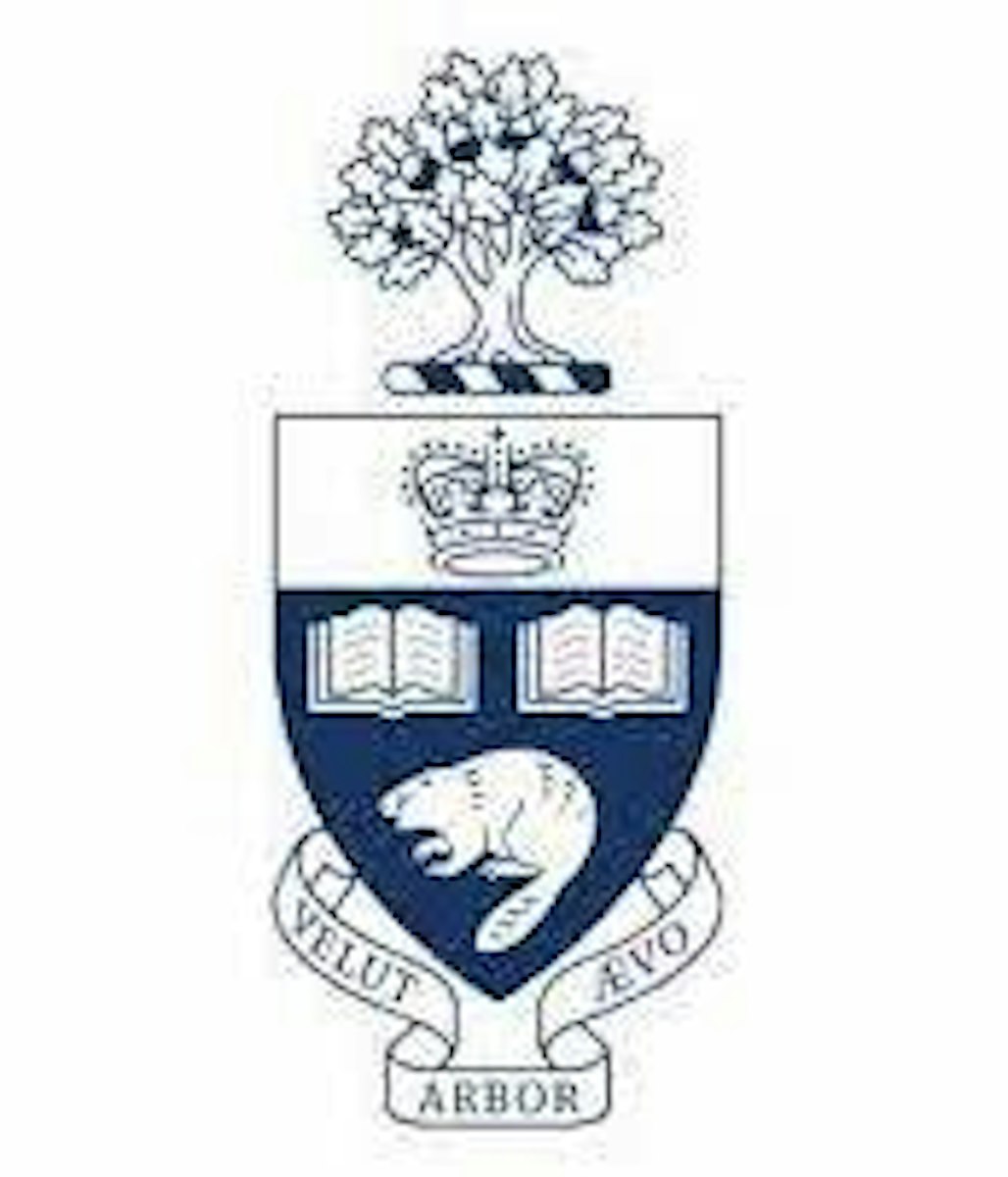
Odd Showers (1870)
George Duncan Gibb (1821–1876) begins his Odd Showers on horseback, outside the city of Montreal, loping along a road littered with frogs. Given the newly damp ground and absence of local waterways, he comes to the only logical conclusion: these amphibians fell from the sky. After pocketing a few specimens in his handkerchief, the author rides back to the city, and forgets about his slimy stowaways. The scene turns predictably comical. While Gibb takes tea with fine company in his relative’s drawing room, “which included several ladies”, his specimens free themselves and make for the crumpets.
“Intended chiefly for young persons”, this short, odd book confronts a question that has vexed naturalists for thousands of years: how do we account for the precipitation of animals? In his Natural History, Pliny thought it unlikely that toads and raindrops shared common origins. As Izaak Walton remarks in The Compleat Angler (1653), it would make more sense if frogs turned to slime in the winter and then, during summer rains, regained their animal form, like magic sponge capsules tossed in the bath. While the source of “raining cats and dogs” is contentious — some say it stems from pets slipping off of thatched roofs in the 1600s — Gibb thinks he has discovered the solution regarding fishes and lizards: they are “sucked up by waterspout or otherwise raised by a hurricane and transported to a distance more or less remote”. Invoking a suspiciously named authority on such matters, Dr. Arthur Fisher, the author moves on to odder phenomena still: red snow, as recorded by Armenians in 1056; red rain, which stained the streets of Orsio, Sweden, ca. 1711; and hailstones made of millet seed, which sowed their way across Silesia centuries ago.
For a book about showers, the tone is rather dry and disenchanting throughout, and it remains unclear why Gibb aimed his book at children. As if realizing that he needed to lighten the tone, he concludes with an original poem, a deluge of fourteen quatrains, which certainly achieve merriment, but mainly at the poet’s expense:
To such concerning frogs we don’t give ear,
Though well described by Pliny;
Their reality though never proved, some aver,
Whom the learned look upon as silly.
But when we talk of showers of fishes
Perceptibly doth our visage lengthen;
With good testimony it soon diminishes,
From undoubted examples we make mention.
Ha! Not so with newts and lizards,
For we but a single instance give,
Yet if honest story be considered
This odd shower we cannot disprove.
Gibb’s biography contains its own odd shower of anecdotes. He completed his medical degree at McGill with a thesis titled “Morbid states of the urine”, perhaps evidencing a lifelong fascination with abnormal torrents. He later moved to London and achieved notable prestige in medicine as a laryngologist, and dedicated his treatise on the whooping cough to Lord Elgin. With a side interest in geology and archaeology, he was famed for his industry: working as a reporter for the Lancet for a decade, Gibb wrote an estimated 3120 columns. Sadly, as David A. Crawford notes, Gibb died in disrepute, having obsessively pursued his claim as the rightful inheritor of “a defunct baronetcy of Falkland and Carribber” (hence his occasional use of the wishful pseudonym “Carribber”). Yet regarding “odd showers”, it seems Gibb got it right: the lluvia de peces occurs annually in Yoro, Honduras and, in Norfolk, our new millennium was ushered in by a school of airborne sprats, flying high on Gibb’s mechanism.






